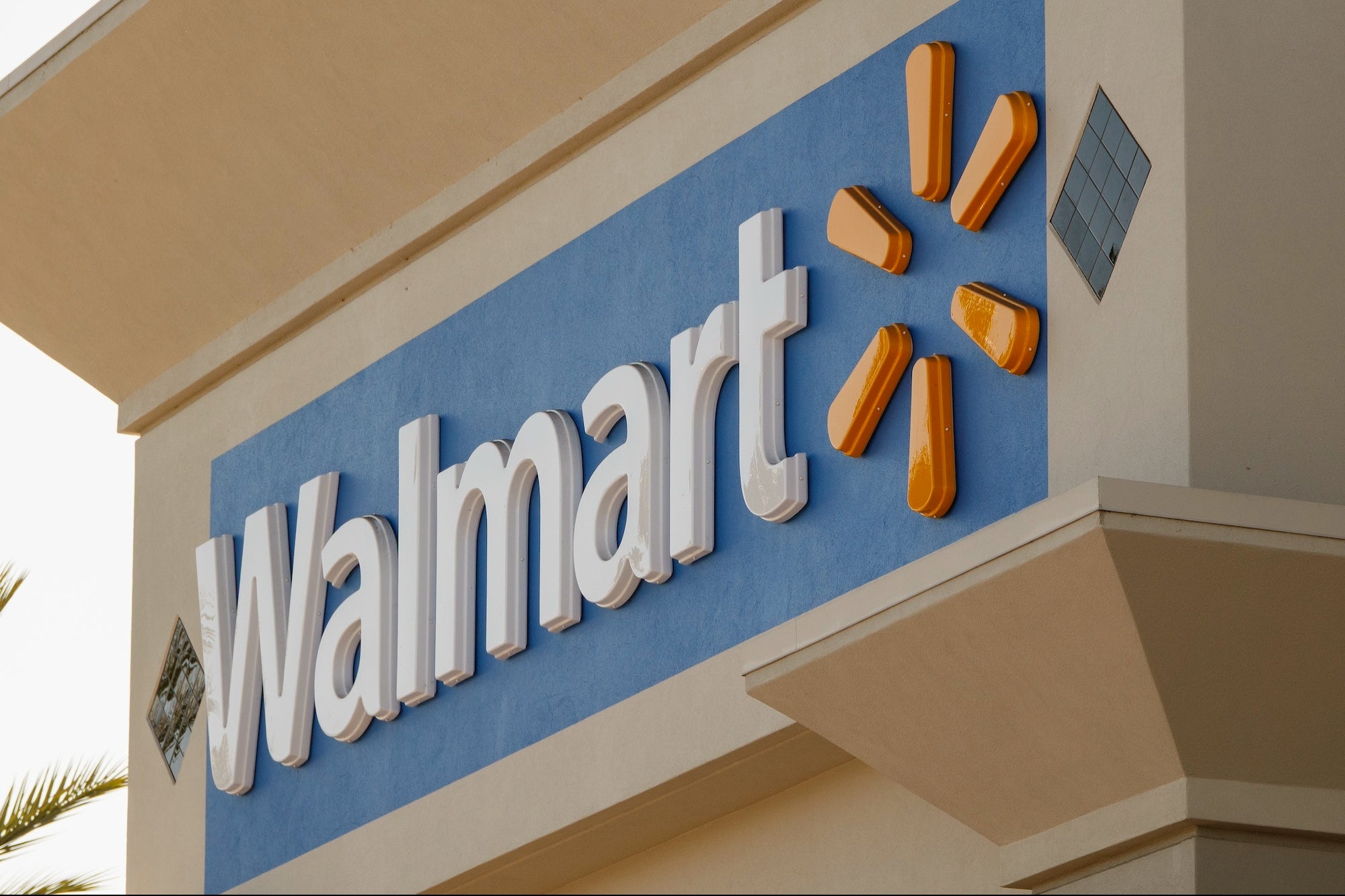The Top 5 Phishing Trends Businesses Need to Know in 2025 The landscape of cybersecurity evolves at the speed of light, and phishing remains a relentless threat. In a macabre pas de deux, businesses fortify their digital defences and cybercriminals innovate to thwart those defences.
By Niall Mackey Edited by Patricia Cullen
Opinions expressed by Entrepreneur contributors are their own.
You're reading Entrepreneur United Kingdom, an international franchise of Entrepreneur Media.

Hackers have become increasingly adept at exploiting both technological vulnerabilities and human behaviour. And in 2025, the business community is waking up to the reality that phishing attacks are not just persisting. Rather, they're becoming more sophisticated, frequent, and financially damaging.
Understanding what the latest phishing trends encompass is essential for businesses to remain ahead of them. That's why every business leader should have the following five phishing strategies on their radar in 2025.
- The Rise of AI-Driven Phishing Attacks
If cybersecurity moves at the speed of light, the pace at which Artificial Intelligence (AI) is revolutionising industries is even faster. Unfortunately, cybercrime is no exception.
Phishers are leveraging AI to craft highly personalised, convincing phishing emails at scale. These AI-generated attacks mimic human communication with uncanny accuracy, making it difficult for even the most vigilant of employees to distinguish between genuine and fraudulent messages.
The Anti-Phishing Working Group (APWG) is an international consortium that works to provide guidance to prevent phishing and identity theft incidents. This group reported 932,923 phishing attacks in 2024's third quarter alone.
Cybercriminals use AI tools to scrape data from social media and professional networks, enabling them to create contextually relevant messages that bypass traditional spam filters. Businesses must respond with equally advanced AI-driven security solutions and continuous employee education to mitigate these risks.
- Business Email Compromise (BEC) 2.0
Business Email Compromise isn't new, but, like everything else in the world of cyber criminality, its evolution is alarming. BEC 2.0 involves more complex tactics. Deepfake audio and video files to impersonate executives convincingly are now the modus operandi to extract sensitive data. The continued drive towards remote and hybrid work models is fuelling the rise of this trend as face-to-face verification opportunities are reduced.
This gap is where phishers strike by tricking employees into authorising fraudulent transactions or sharing sensitive information. A zero-trust stance is your strongest line of protection in this case. Companies should implement multi-factor authentication (MFA) and establish stringent verification protocols, especially for financial transactions, to counter this growing threat.
- The Human Factor: Still the Weakest Link
Despite technological advancements, human error remains the leading cause of security breaches. Stanford University researchers state up to 88% of all data breaches are caused by human error. Cybercriminals prey on psychological triggers like urgency, fear, and curiosity to manipulate recipients into clicking malicious links or downloading harmful attachments.
A growing trend within this manipulation is QR code phishing (also known as "quishing"). Attackers embed malicious QR codes in emails, flyers, or even public spaces, tricking employees into scanning them with their phones. These codes can redirect users to fake login pages, leading to credential theft. With QR code use increasing for payments and authentication, businesses must educate employees on verifying sources before scanning.
Addressing this requires a cultural shift within organisations. Regular, behaviour-based phishing simulations and security awareness training can significantly enhance employees' ability to recognise and report threats. Companies that invest in comprehensive training programmes see up to an 86% reduction in phishing-related incidents.
- Phishing-as-a-Service (PhaaS): The Cybercrime Economy
The dark web has given rise to Phishing-as-a-Service (PhaaS), where cybercriminals offer phishing kits, templates, and even customer support to aspiring hackers. Long gone are the days of a hacker being a lone wolf. Cybercriminals have organised themselves into companies with all the formal structures running a business requires. This commoditisation of cybercrime lowers the barrier to entry, enabling less technically skilled individuals to launch sophisticated phishing campaigns.
Businesses must recognise that the threat landscape is no longer limited to elite hackers. Continuous monitoring, advanced threat detection systems, and proactive incident response plans are essential to defend against this democratised wave of cyber threats.
- The Financial Toll: Rising Costs of Phishing Breaches
Phishing attacks are not just an IT issue; they're a significant financial risk. The average cost of a phishing breach in the UK is now in the millions, factoring in regulatory fines, legal fees, reputational damage, and operational disruptions. For small and medium-sized enterprises (SMEs), such a breach can be catastrophic.
Investing in robust cybersecurity measures, including advanced email security solutions, can mitigate these financial risks. Additionally, cyber insurance policies tailored to cover phishing-related incidents are becoming an essential part of business risk management strategies.
Weaponising URLs: The Evolving Threat
One of the lesser-known but increasingly effective phishing tactics is the weaponisation of URLs, also known as post-poisoning. This technique involves cybercriminals manipulating seemingly safe links after they have already passed security scans and landed in an inbox.
Initially, the URL appears legitimate, allowing it to bypass security filters. However, after a delay—typically 24 to 48 hours—attackers modify the link in the background, redirecting unsuspecting users to malicious websites or injecting harmful content into their browsers upon clicking.
This growing threat capitalises on the trust employees place in previously verified emails. Traditional security measures often fail to detect these attacks because the initial scan clears the email before any malicious modifications occur.
To combat this, organisations must implement continuous link analysis, ensuring that URLs remain safe even after delivery. Security tools that monitor link activity in real-time, alongside retrospective scanning capabilities, alongside retrospective scanning capabilities, can help reduce the risk of falling victim to weaponised URLs.
Proactive Measures for 2025 and Beyond
Understanding these trends is the first step; taking proactive action is the next. Here's what businesses can do to strengthen their defences:
- Adopt Advanced Email Security Solutions: Tools that utilise machine learning and real-time threat intelligence can detect and block sophisticated phishing attempts.
- Implement Strong Authentication Protocols: MFA adds an extra layer of security, making it harder for attackers to gain unauthorised access.
- Regular Security Training: Empower employees with knowledge through continuous phishing simulations and cybersecurity workshops.
- Incident Response Planning: Develop and regularly update an incident response plan to ensure quick, effective action in the event of a breach.
- Stay Informed: The cyber threat landscape evolves rapidly. Regularly reviewing reports and staying updated on emerging threats can inform better security strategies.
In 2025, cybersecurity resilience is not just about technology. Future-proofing your organisation against cyber threats is about fostering a security-conscious culture. Phishing attacks will continue to adapt, but with informed strategies, businesses can stay one step ahead.













